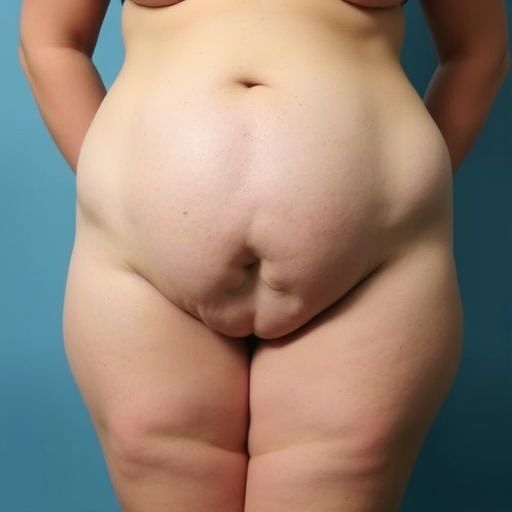BUFFALO, N.Y. – Ask Elizabeth Bowen about the intersection of homelessness and HIV/AIDS in the United States and she'll respond without hesitation, "Housing equals health."
That conclusion seemed clear to Bowen, assistant professor in the University at Buffalo School of Social Work, during the four years she worked in a supportive housing program in Chicago, Illinois. Now as a UB researcher she has published a study that empirically supports what she experienced on the ground.
"Supportive housing, a program of rental assistance and support services, is associated with improvements in the health outcomes of previously homeless people living with HIV/AIDS," she says.
"Without stable housing it's hard to achieve these good health outcomes."
PHOTO: http://www.buffalo.edu/news/releases/2017/05/040.html.
The study, which appears in the journal AIDS Care, relied on biometric data that predicts how effectively the body combats the virus.
Prior to publishing their journal article, the team presented their preliminary findings at the 2016 International AIDS Conference in Durban, South Africa.
Bowen and her coauthors examined two indicators of health: CD4 count, sometimes called T-cells, which show how well the immune system is working, and viral load, an indicator of the amount of virus particles in a person's blood. A person with a very low viral load may be described as having achieved viral suppression.
"The percentage of participants in our study with a healthy CD4 count and viral suppression improved significantly during their time in the program," says Bowen. "The positive relationship between length of program stay and viral suppression suggests that housing stability is key to people living with HIV/AIDS (PLWHA) in supportive housing maintaining or improving their health."
Homelessness and HIV/AIDS overlap often in the United States, according to Bowen.
Approximately one in 12 PLWHA has an unmet need for housing. And although thousands of formerly homeless or unstably housed HIV-positive people live in supportive housing, little research has examined biometric changes in their HIV health outcomes after they become housed.
Bowen says a few previous studies have reported positive health outcomes for PLWHA in supportive housing, but those studies relied on small samples. A larger recent study in San Francisco reported promising findings from a single-site supportive housing program with on-site nursing care.
Bowen's research analyzed a scattered-site program, where participants receive rental assistance while living in apartments of their choosing in a given community.
"We're about 35 years into the HIV epidemic in the U.S. and we've reached a point medically where this is no longer a fatal diagnosis – but only if PLWHA have access to health care and housing," says Bowen, an expert in health and homelessness and the study's lead author.
Homeless people, due in part to certain risk behaviors, are more likely to become HIV positive than those with stable housing. In turn, those with HIV/AIDS, with its associated impact on health, employment and relationships, are more likely to become homeless than the general population.
The study grew out of an opportune meeting between Bowen and representatives of Caracole, a social service agency in Cincinnati, Ohio, whose programs include a HUD-funded supportive housing model called Shelter Plus Care.
Part of the challenge in studying the relationship between housing and health is how researchers can gather the required data.
In this case, Caracole had the data on their program participants, who voluntarily provided reports from their medical providers at periodic intervals. That data was part of Caracole's own program evaluation process, but the agency didn't have the resources to determine the larger story that unfolded within the numbers.
"I was excited about this partnership because this is exactly the kind of social work I did before becoming a researcher," says Bowen. "This study speaks to the power of these collaborations when agencies collect the information that researchers want to analyze."
###
Media Contact
Bert Gambini
[email protected]
716-645-5334
@UBNewsSource
http://www.buffalo.edu
############
Story Source: Materials provided by Scienmag




